By Kevin M. Hymel
From the training grounds to the battlefront, soldiers and Marines usually dined on C and K rations. But the soldier’s diet was more diverse than candy bars, crackers, and canned meats. Hot food and coffee sometimes made it to the battlefront and filled soldiers’ bellies. It was a great morale boost.
Whether served from a mobile kitchen or an open fire, soldiers lined up for a chance at hot chow. Cooks filled mess kits and the men returned to their foxholes to dine. Experienced officers, concerned that crowds drew fire, allowed only five or six men to line up at a time. Some enterprising cooks tied tarps over their fires to dissipate the rising smoke, preventing the enemy from spotting them. One cook explained why he fried all his meals: “Trying to bake on those diesel stoves was impossible, you had no control.”
Spam was the cornerstone of most menus. Made of shoulder of pork and ham, the canned meat could be fashioned in many ways. Cooks cut Spam into cubes or strips and mixed it into different foods for varying tastes and textures. Other ingredients added to Spam included flour, pancake batter, egg batter, mashed potatoes, macaroni, potato salad, fried eggs, and cornflakes. Mmmm.
While GIs loved to gripe about the taste of their meals, it took the Germans to demonstrate their quality. During the Battle of the Bulge, German soldiers stormed American bivouacs and wolfed down any food they found. The result: the Germans passed out. Their bodies were unused to such rich food. Others enjoyed the benefits of American hot chow: all around the globe, Americans in uniform shared their bounty with the locals, who understood their liberation mostly through American generosity.
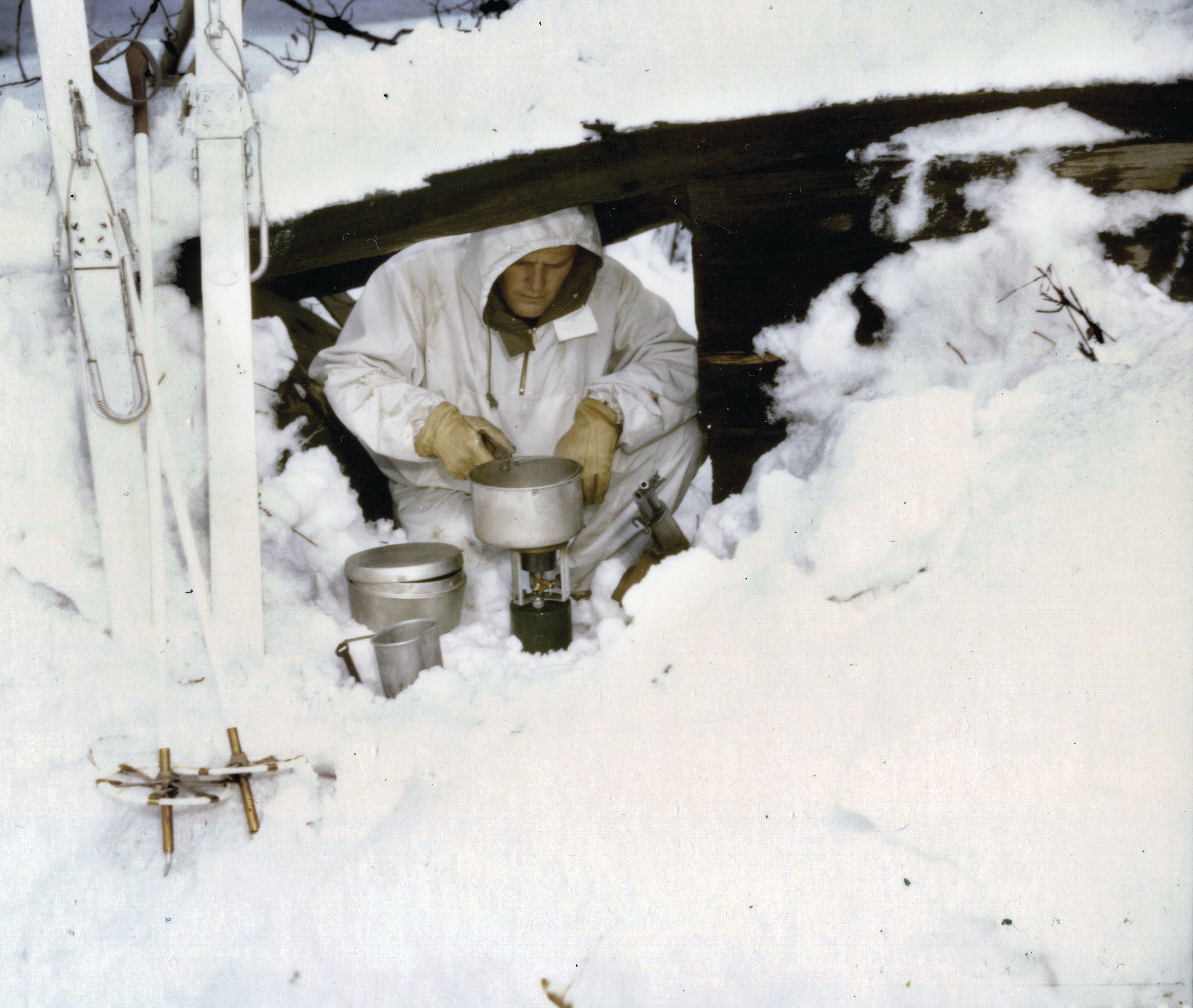
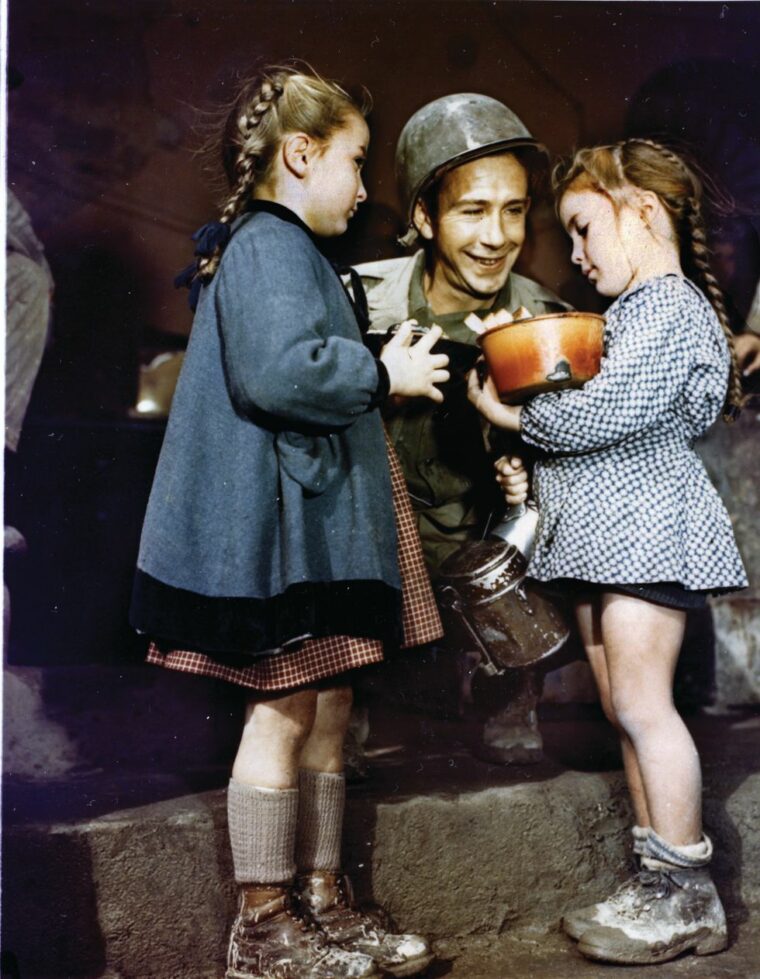
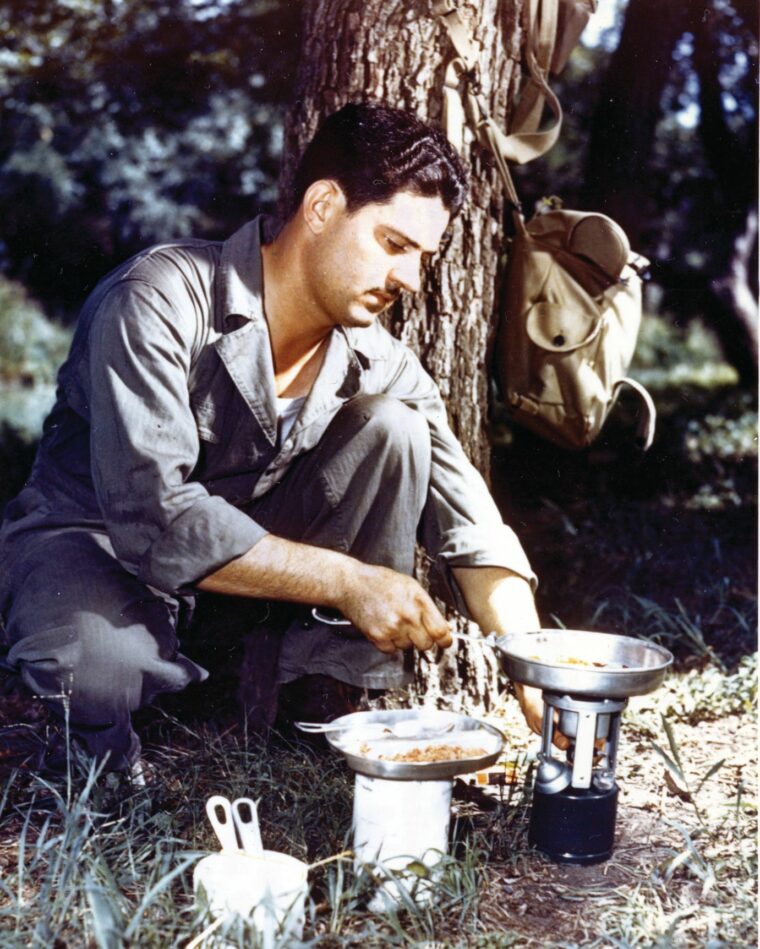
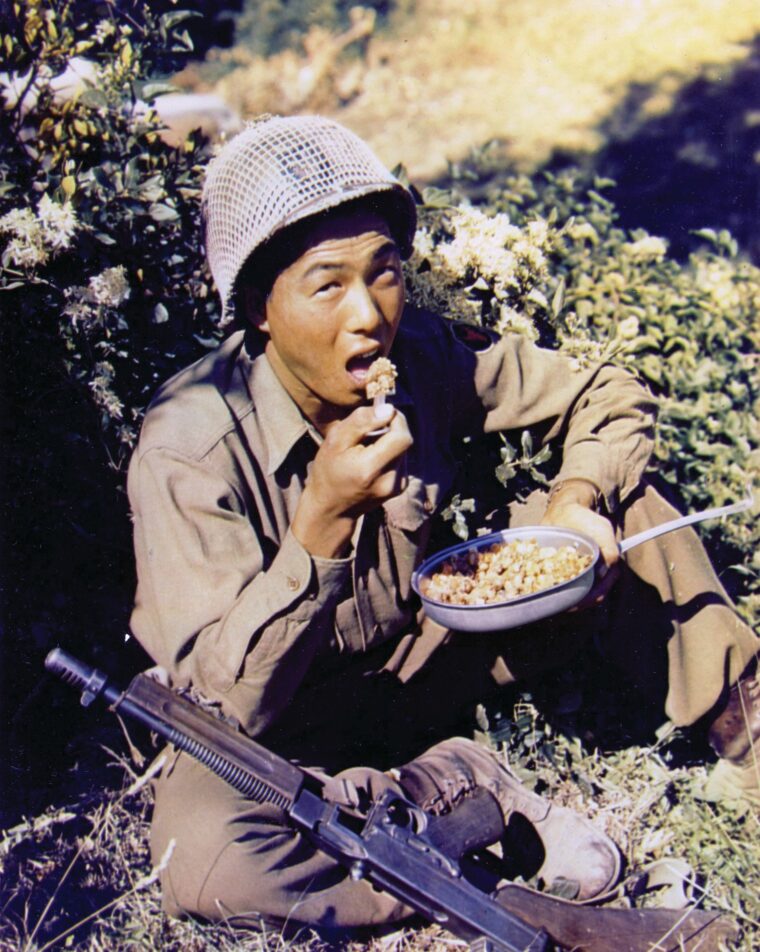
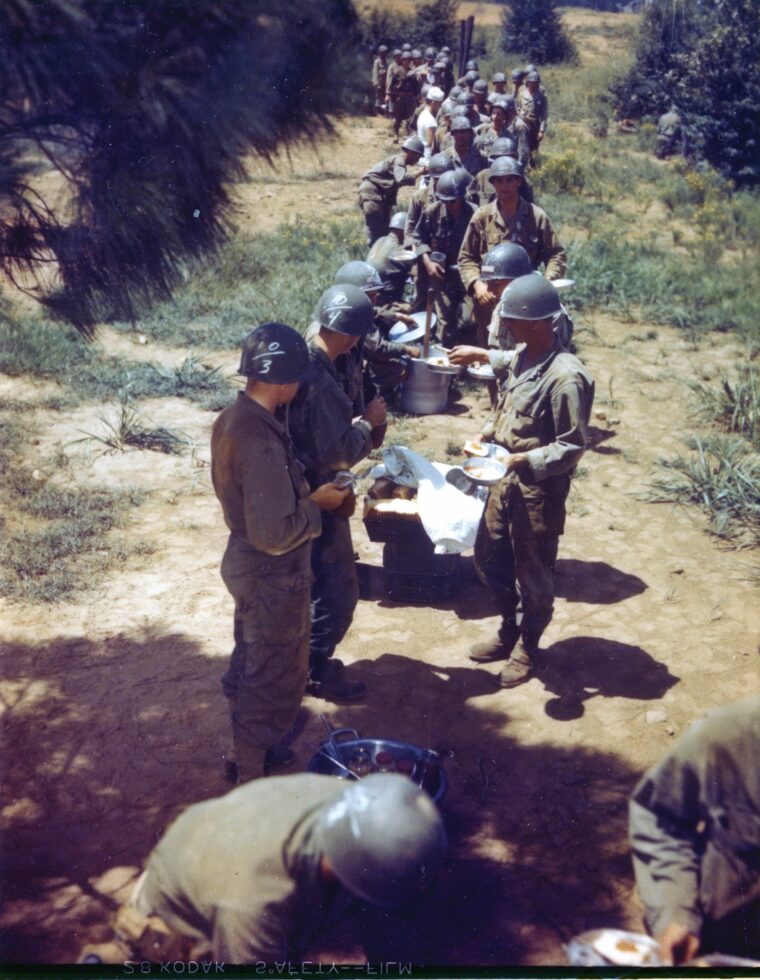
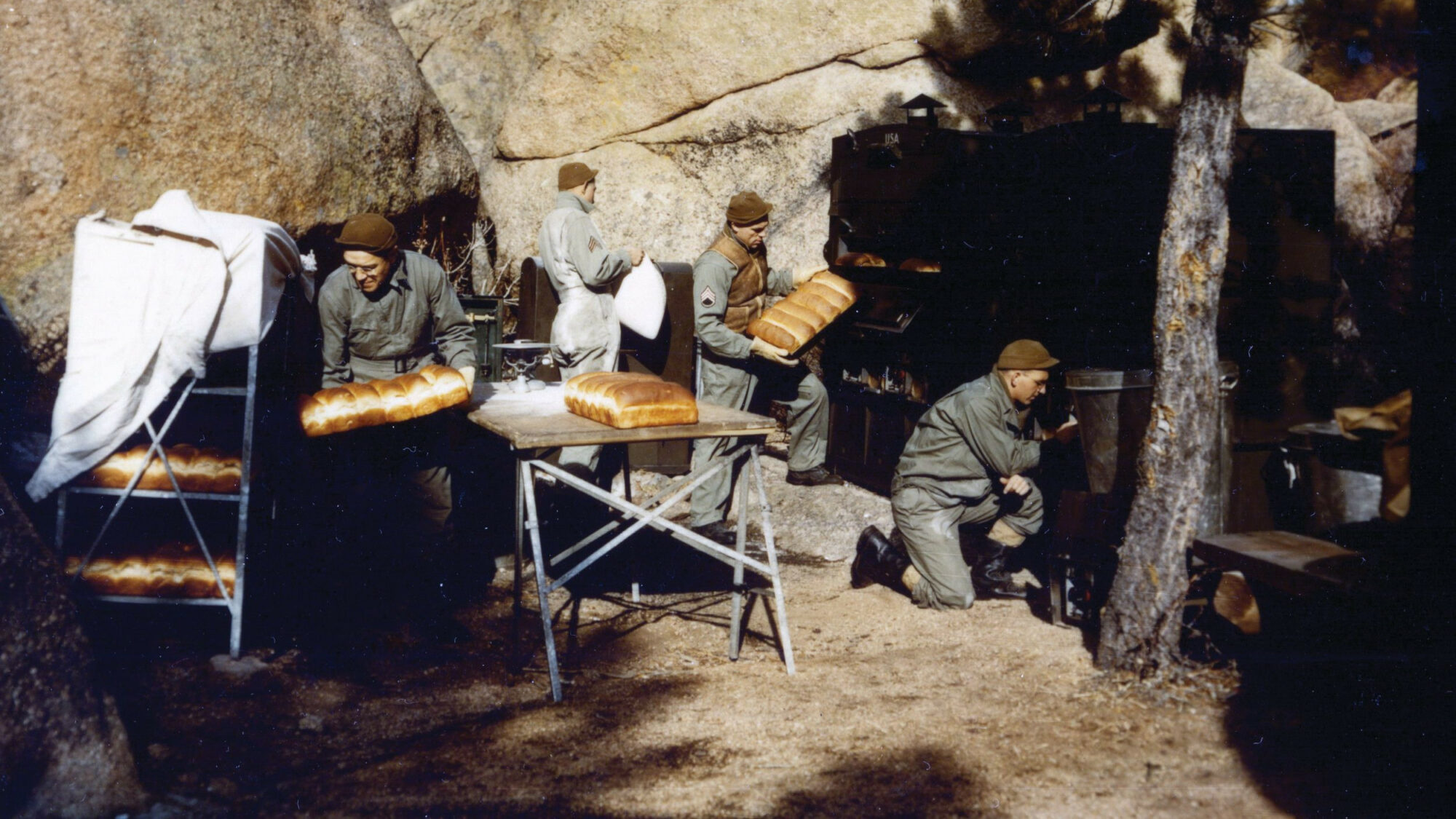
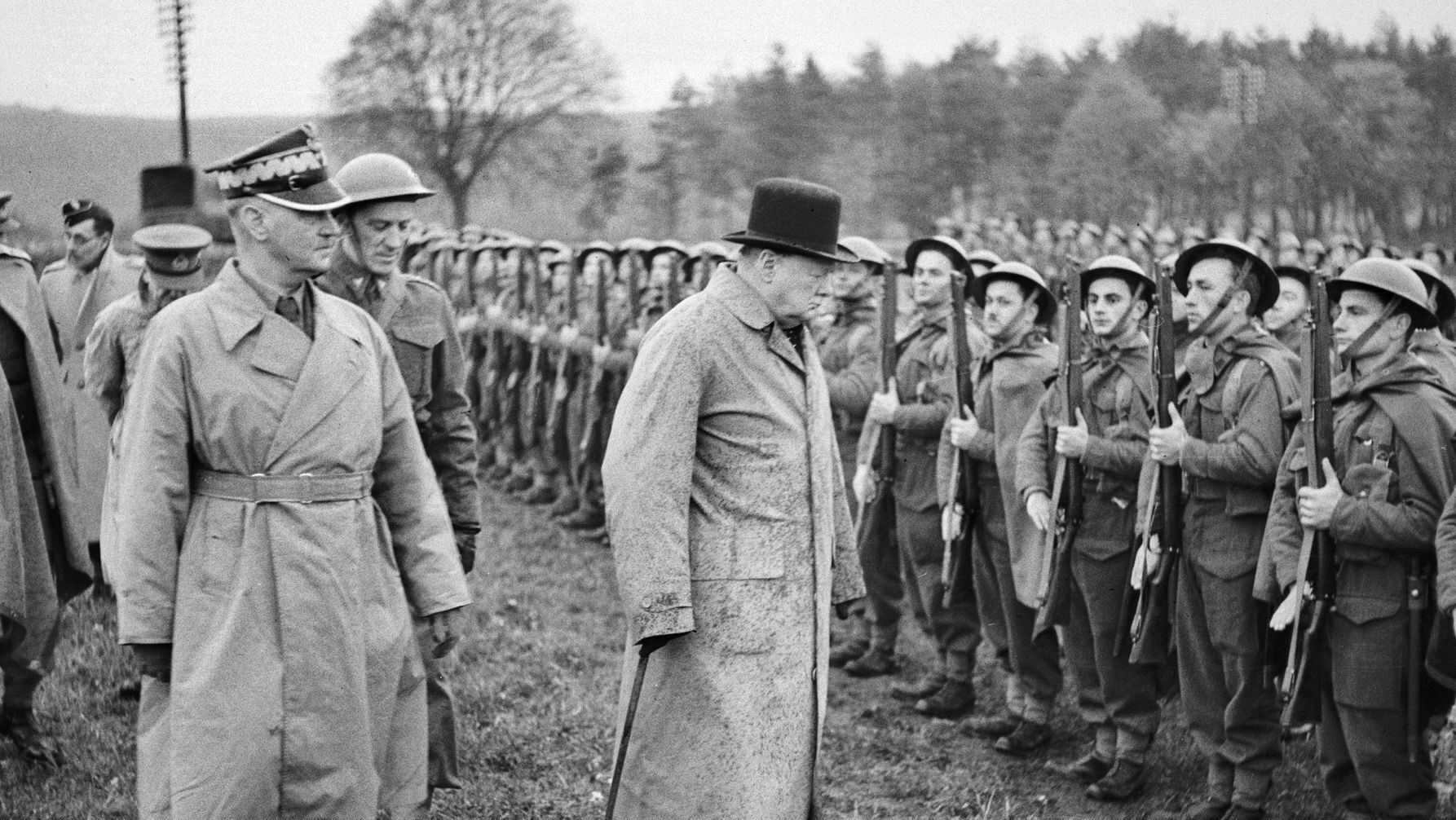
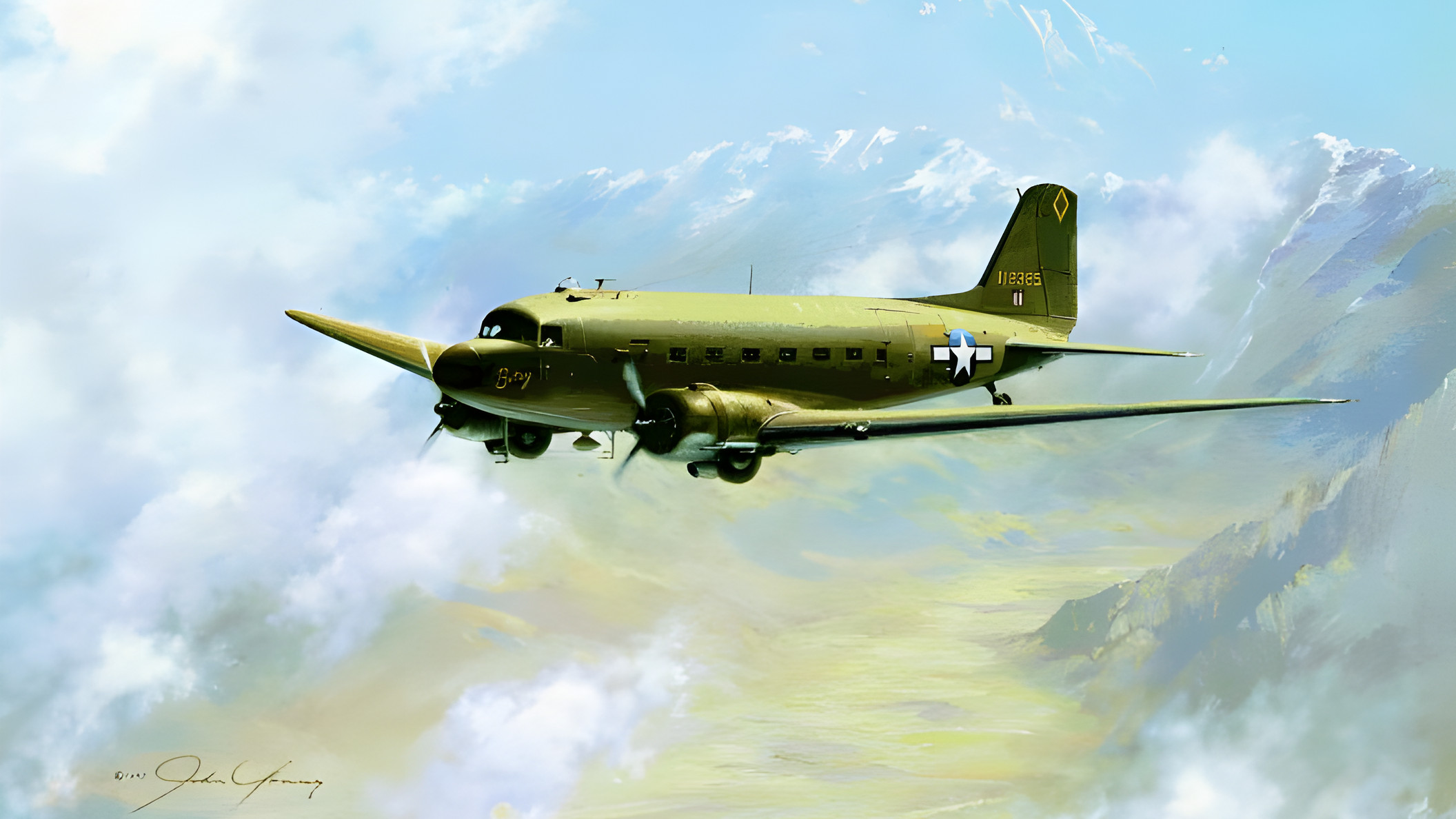
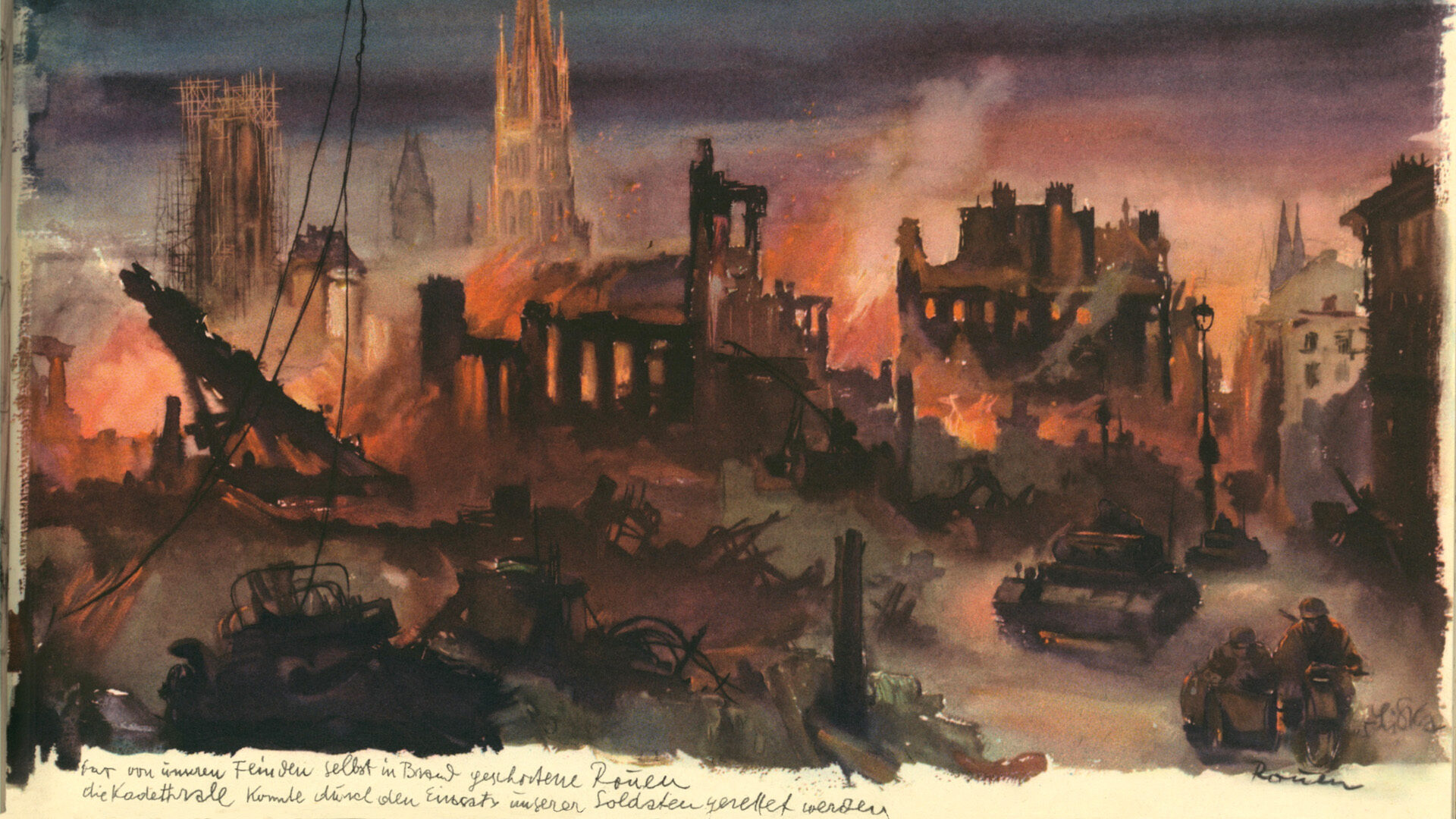
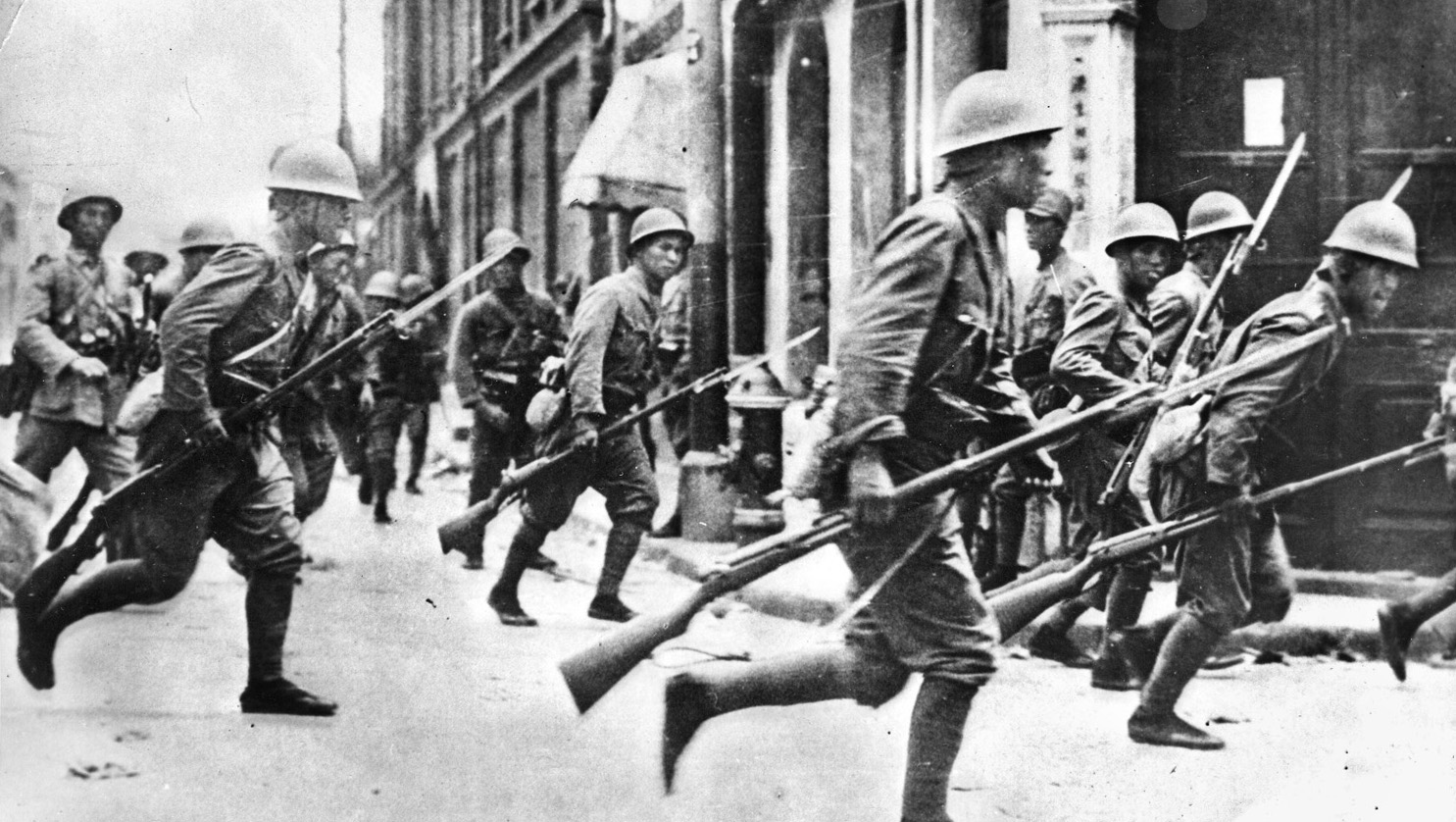
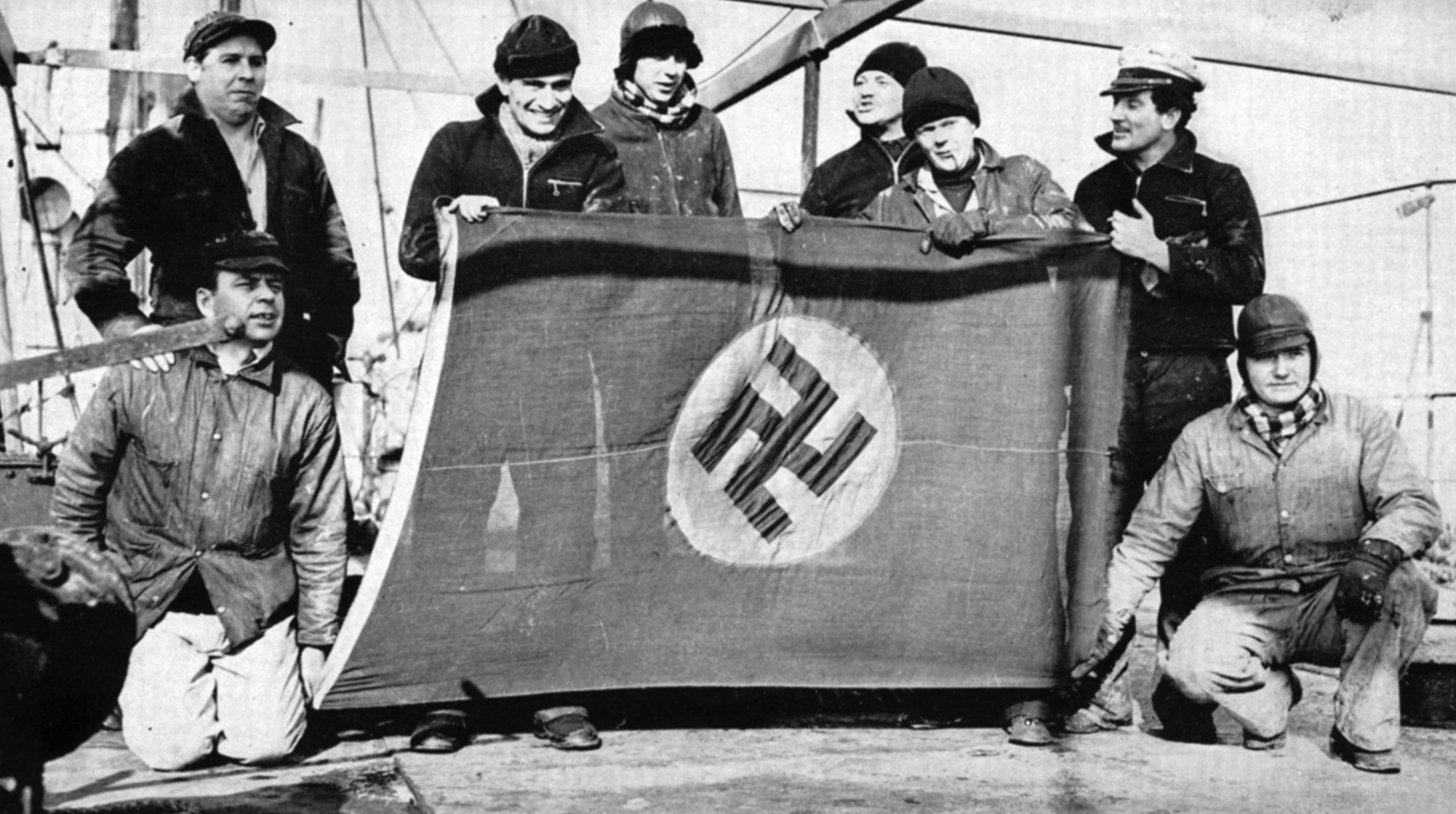
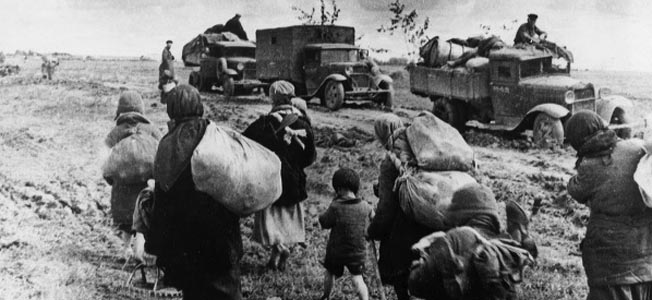
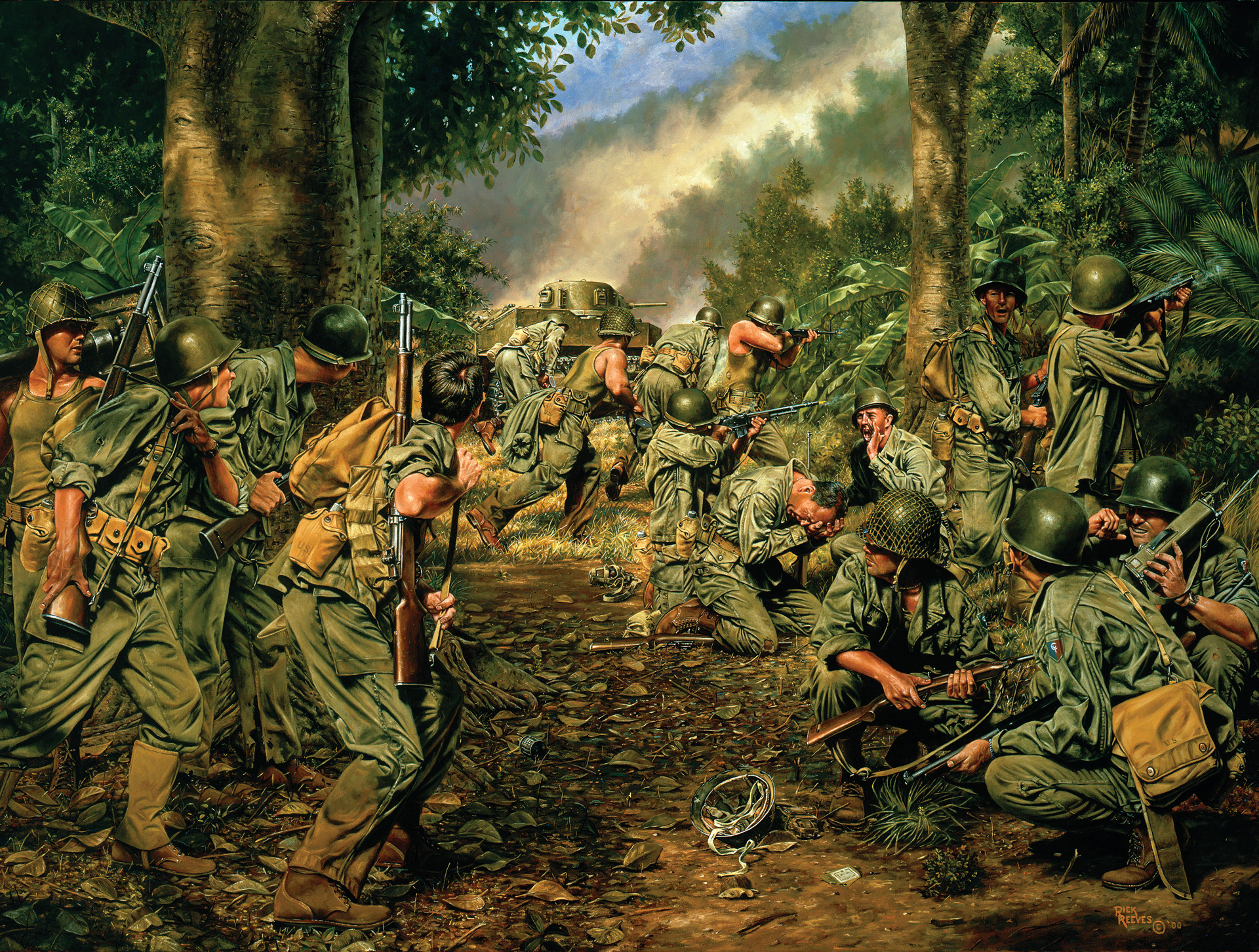
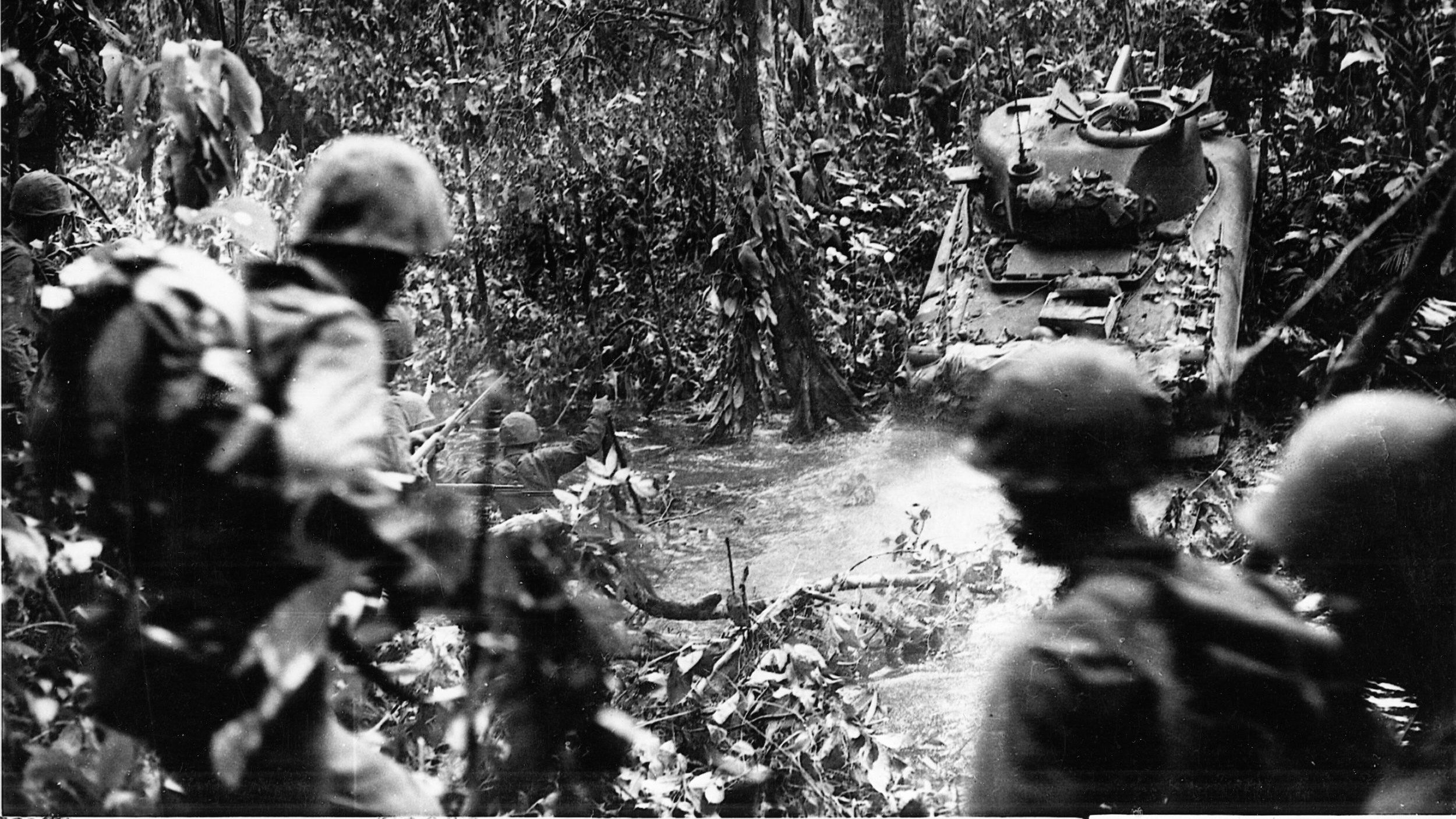
Join The Conversation
Comments
View All Comments